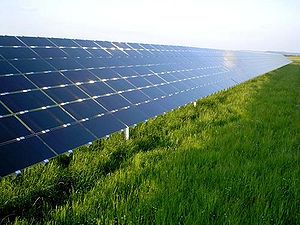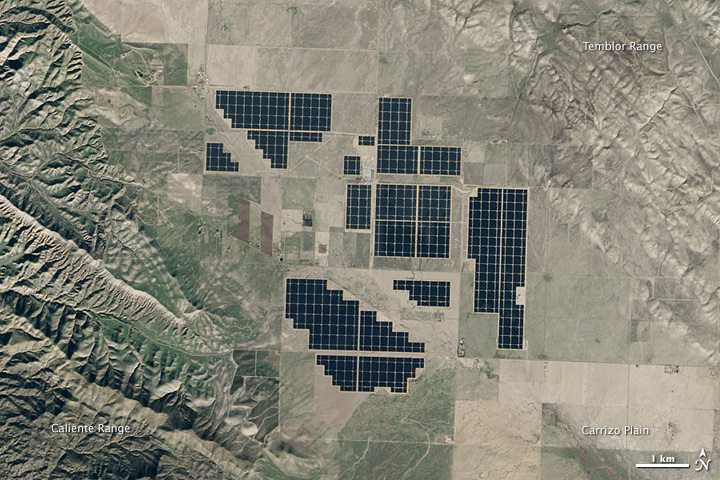What is Tellurium?
Tellurium (Te) is one of the least abundant elements in the crust and tends to form minerals associated with gold, silver, bismuth, copper, lead, zinc and iron sulfide deposits.
Tellurium improves the machinability of copper and stainless steel, and its addition to lead decreases the corrosive action of sulfuric acid on lead and improves its strength and hardness.
Today Tellurium’s primary use is for manufacturing films essential to photovoltaic solar cells.
Cadmium telluride (CdTe) photovoltaics describes a photovoltaic (PV) technology that is based on the use of the compound cadmium telluride, a thin semiconductor layer designed to absorb and convert sunlight into electricity. Cadmium telluride PV is the only thin film technology with lower costs than conventional solar cells made of crystalline silicon in multi-kilowatt systems.
CdTe photovoltaics are used in some of the world’s largest photovoltaic power stations, such as the Topaz Solar Farm. With a share of 5.1% of worldwide PV production, CdTe technology accounted for more than half of the thin film market in 2013. A prominent manufacturer of CdTe thin film technology is the company First Solar, based in Tempe, Arizona.
The Topaz Solar Farm was the world’s largest PV power station in 2014
Nine million cadmium telluride solar modules now cover part of Carrizo Plain in southern California. The modules are part of Topaz Solar Farm, one of the largest photovoltaic power plants in the world. At 9.5 square miles (25.6 square kilometers), the facility is about one-third the size of Manhattan island, or the equivalent of 4,600 football fields.
When operating at full capacity, the 550-megawatt plant produces enough electricity to power about 180,000 homes. According to BHE estimates, that is enough to displace about 407,000 metric tons of carbon dioxide per year, the equivalent of taking 77,000 cars off the road.
Tellurium is a chacophile element and is found in sulfide, skarn and hydrothermal mineral deposits.
Although tellurium minerals have been described from many deposits, there have not been specific geologic models developed on how tellurium deposits form or how to explore for them.
The predominant source of tellurium today is from anode slimes or sludges produced during the refining of copper and lead ores. It takes approximately 500 tons of copper ore to produce 1 pound of tellurium. Tellurium concentrations in porphyry copper deposits vary widely and can be as high as 6,000 ppm Te, but are typically less than 1 ppm Te. The slimes remaining from copper refining can contain as much as 2% Te.
The resource potential for tellurium deposits depends upon the economic potential for gold-silver veins or porphyry copper deposits.


